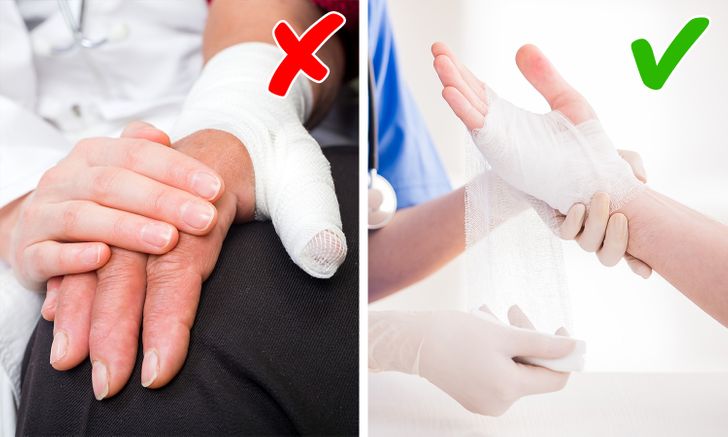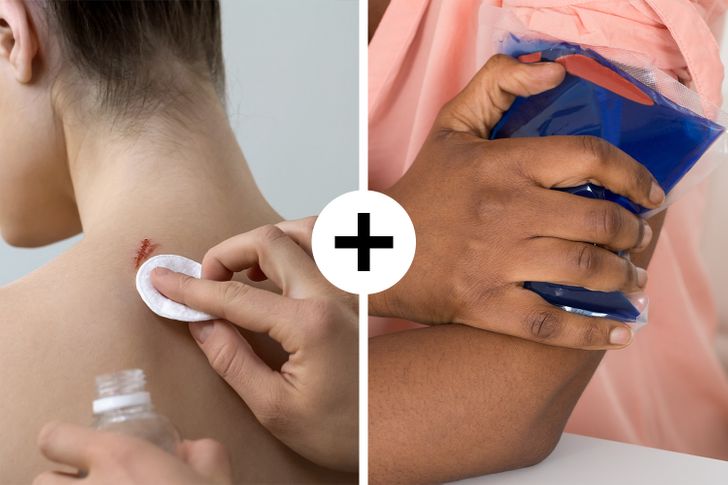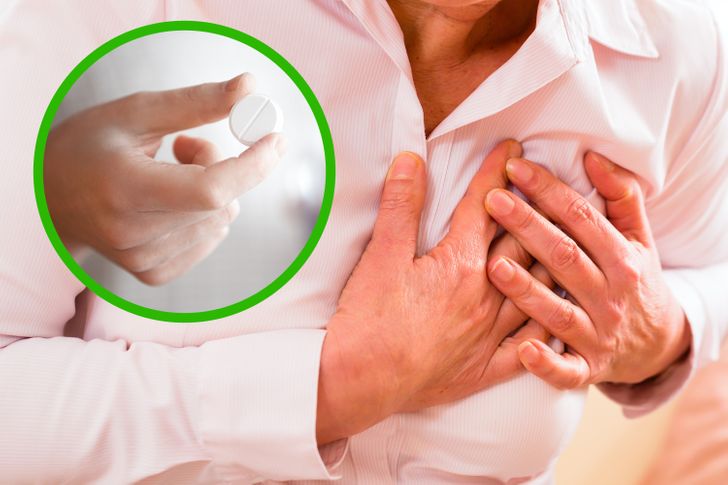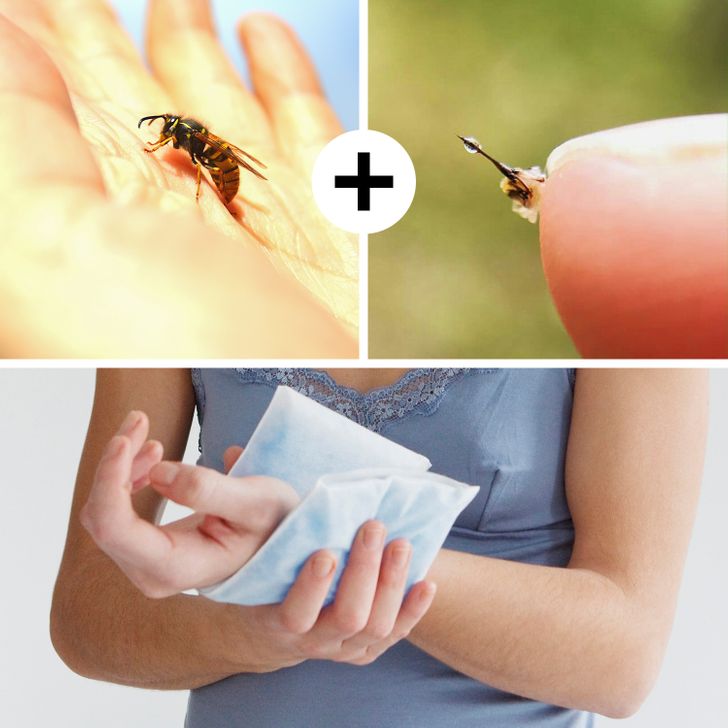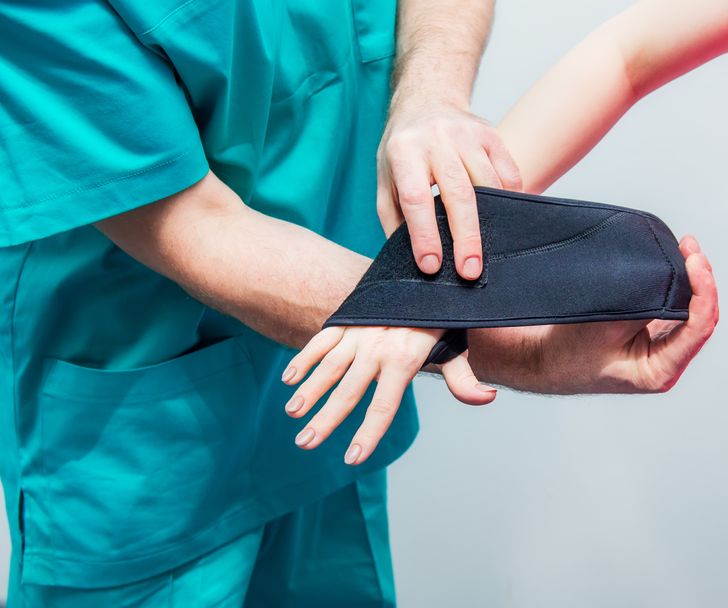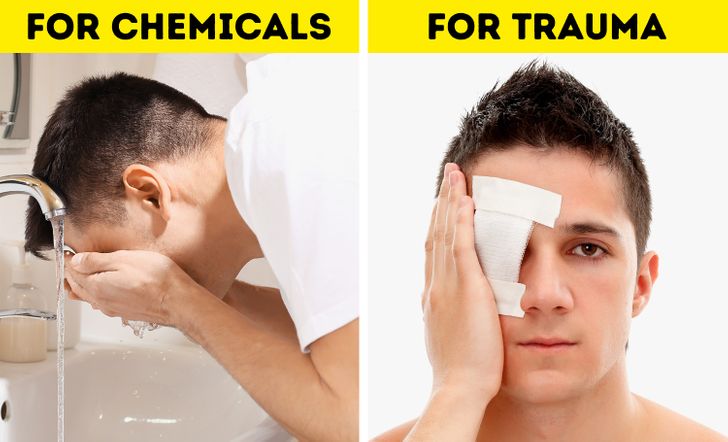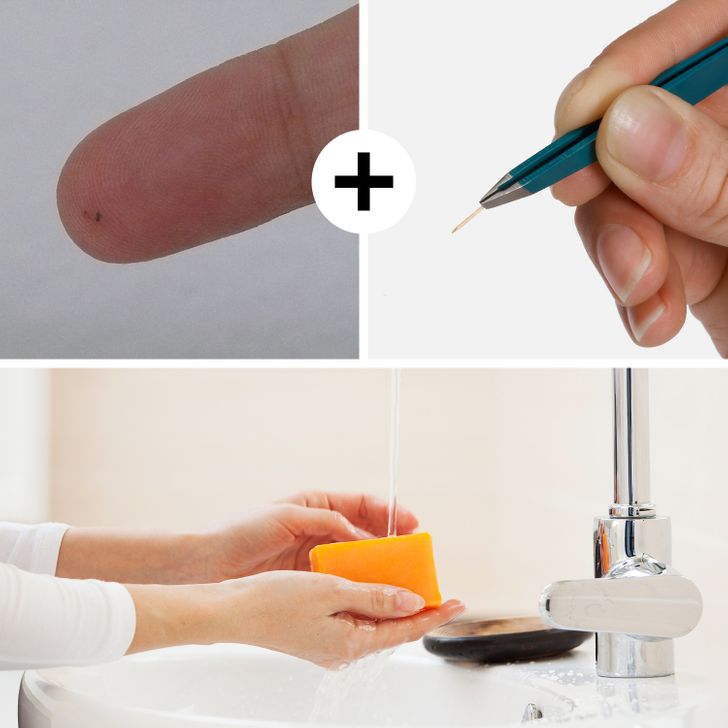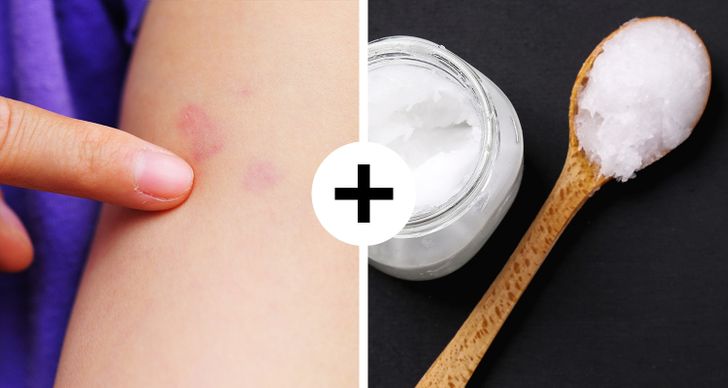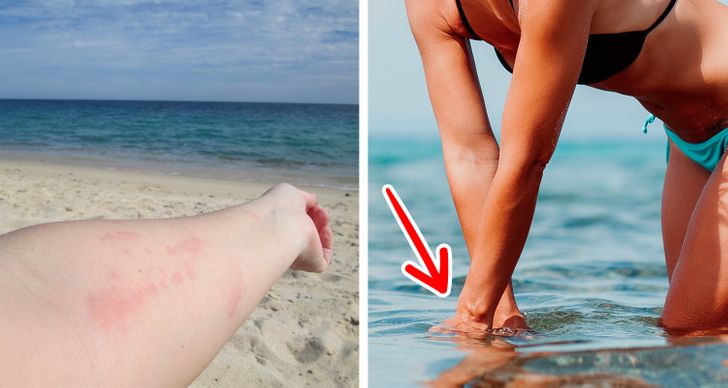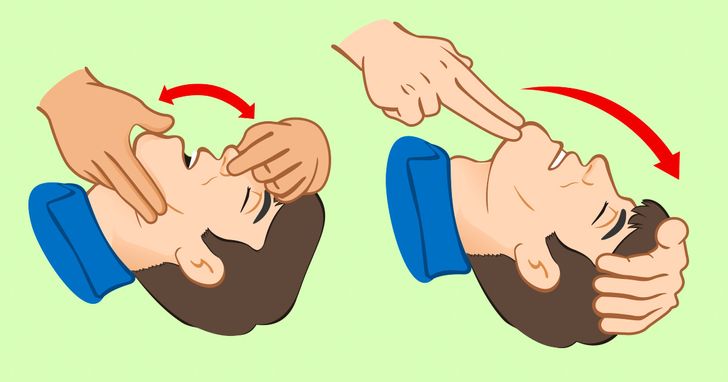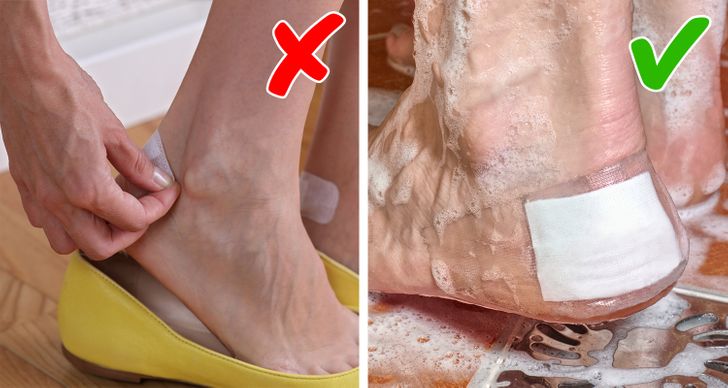I have the best hack for the burnt tongue - sprinkle some sugar on it or suck a candy. Helps me every time :)
10+ Quick First Aid Tips That Can Save Your Day
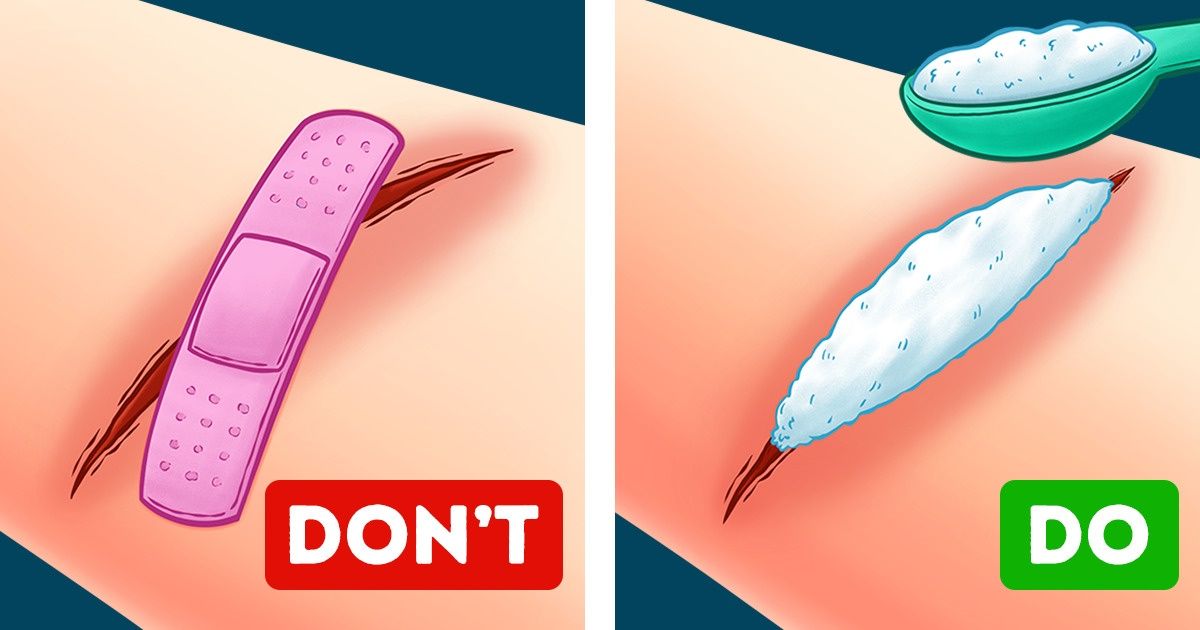
Knowing the basic facts of first aid can literally help you save lives, including your own. When you find yourself in the middle of an emergency situation, it’s best to know how to assess a situation, what you can do to help, and even know the difference between what helps and what doesn’t. Let’s just say a simple gauze pad is usually more effective than a tourniquet when dealing with bleeding.
We at Bright Side always want you up-to-date on how to take care of yourself, so we’ve prepared some quick first aid tips that could one day save your life!
1. Wounds
Whenever you are dealing with a wound, you should always try to elevate it above the level of your heart. This calms swelling and helps fluid drain away from the area. If your wound is on your hips or buttocks, lie down and elevate it with pillows. If you are unable to elevate the wound, try to keep it at heart level or as close as possible.
2. First-degree burns
First-degree burns, also known as superficial burns, only impact the top layer of your skin. While they might be painful, they are not serious. To treat them, rinse the wound with lukewarm water. While ice water might seem more obvious, it can actually cause more tissue damage. After cleaning the burn, apply an ice pack or cold compress. Using butter or grease is an old folk remedy, but that can actually cause more damage to the wound because it slows down the release of the heat. A paste made by mixing water and baking soda can also help to release the heat from the burn.
3. Heart attacks
When it comes to heart attacks, early intervention helps limit the damage. Chewing an aspirin can help because it will inhibit the blood platelets that cause blood clotting, which is what blocks your arteries. When taking aspirin, it is important to take small doses and to chew the pill instead of swallowing it or taking it with water, since this will help it work faster. Try to contact emergency services as soon as possible.
4. Bee stings
If you are stung by a bee, you need to remove the stinger. While it is commonly believed that pulling the stinger out of the skin minimizes the poison, the most important thing is the timing. You need to try to remove the stinger as soon as possible, whether you scratch at it, remove it with tweezers, or pull it out. When a bee loses its stinger, it releases a scent that attracts other bees to the area, who will likely sting you out of defense. Once the stinger is removed and you have left the area, wash the wound and apply a cold compress. If you are allergic, try to keep an autoinjector, or EpiPen, on hand and contact emergency services as soon as possible.
5. Fractures
When it comes to fractures, don’t try to straighten the wound, but keep the limb stabilized and immobile using a splint and padding. The important thing is to keep it in the same position. While a fracture could be a simple dislocation or a sprain, you should always seek medical treatment to make sure the injury is not more serious or to even avoid causing further injury.
6. Eye injuries
When you get hurt, usually the first thing you should do is to clean the wound. However, when you hurt your eye, the most important thing to do is to cover your eye and then seek help. By trying to clean your eye yourself you could risk hurting yourself even further, possibly causing permanent damage. The main exception to this rule is when chemicals get in your eye, in which case you should flush it with water immediately.
7. Splinters
Splinters are full of germs and can easily infect open skin, so always remember to stay sterile when dealing with them. If you have a splinter that is fully embedded in the skin, you should first clean the area with an antiseptic and then dislodge the splinter with a needle sterilized with boiling water. Once it is dislodged, you can remove the splinter the tweezers. Afterward, wash the area with soap and water.
8. Snake bites
On television shows and in movies, when somebody gets bitten by a venomous snake, their first reaction is to suck out the poison. Realistically, poison has already gotten into the victim’s bloodstream, so this won’t actually help. When you get a snake bite, the most important thing is to relax. You need to keep your heart rate down to slow down the spread of the poison. Similarly, taking painkillers can actually thin the blood and make the venom work faster. Contact medical services immediately to get the proper anti-venom; if you need to move to get help, make sure to walk, not run, in order to stay calm. If you can, apply coconut oil to the wound, as it can help fight bacteria and parasites, and bandage the area.
9. Jellyfish stings
Nothing can ruin a nice day at the beach like a jellyfish sting. You can try to rinse the wound with salt water. You can also rinse with hot water, vinegar, or cover the wound with a solution of baking soda and water. Activated charcoal can also help draw out the jellyfish venom. You may have heard the popular urban legend that urine can be used to treat jellyfish stings. Realistically, urine usually does not have enough acid to counteract the venom. While there are claims that urine can reduce pain, hot water is just as effective.
10. Scars
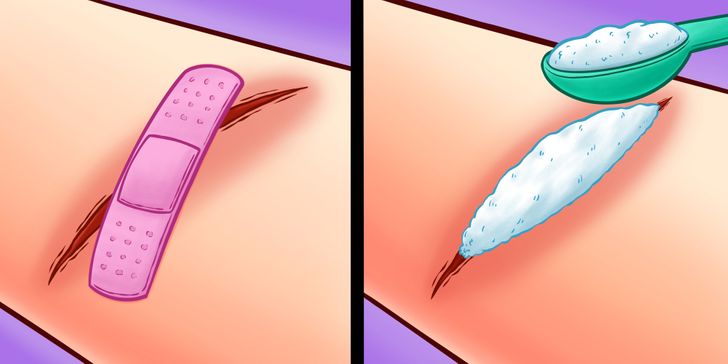
When you get hurt, you might worry about getting a nasty scar, but there are some measures you can take to keep a scar from forming. Baking soda has disinfectant properties that help prevent a scar from forming, that can remove a hardened scab, and that can even prevent infection. When treating a scar with baking soda, it is important to also let the wound have exposure to the open air. In addition, baking soda can also be mixed with water to form an antiseptic.
11. Obstructed breathing
If someone has stopped breathing, there is usually some blockage in their airways. Turn the person on their back, check their mouth and remove anything that could block breathing, even liquids. To open the airway, tilt the head and lift the chin, placing your hand near the top of the head or forehead. Alternatively, you can perform what’s called a “jaw thrust” by placing your fingers underneath the jaw and pushing up the lower jaw, without moving the neck, to open the mouth. This lifts up the tongue away from the airway and helps reduce air blockage. After this, perform a head tilt until the airways open.
Bonus: Tips for removing bandages
First aid isn’t just important when you first get hurt but also during the healing process. To keep it especially safe, try to dissolve the adhesive by covering the area in baby oil, rubbing alcohol, or even warm water. You can also freeze the area with ice cubes. Despite the temptation to just rip it off, it is also important for the wound to remove it slowly, since you otherwise risk tearing off a scab or even reopening a cut.
What are some simple first aid tips that you use when you or someone you know gets hurt? Share with us in the comments!
Comments
WOW
very interesting tip with baking soda. Will keep it in mind
When I got a machete thrown at my Achilles tendon I applied pressure, and put some ice on it. Just so y'all know it does hurt, but I have a very high pain tolerance so I didn't cry but I did bleed, a lot.
wow..
Related Reads
12 Families Who’d Make You Laugh and Cry at the Same Time
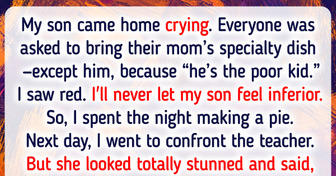
My Daughter Is Pregnant, and Her Husband's Reaction Has Me Worried

I Did a DNA Test for My Baby and Accidentally Uncovered My MIL’s Secret

19 Undergarment Rules That We Often Break Without a Second Thought

Johnny Depp Finally Cuts His Long Hair and Shocks Fans With New Look

10+ People Who Deserve an Award for Their Comments

10+ Celebrities Who Are Proud to Show Their Real Selves on Social Media

«He Looks 35 Now,» Keanu Reeves Cuts His Long Hair and People Are In Love With the New Look
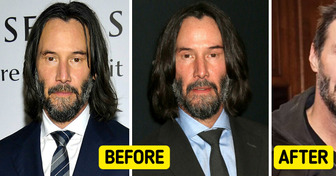
10 Daycare Workers Shared the Most Mortifying “Family Secret” a Kid Has Ever Exposed

I Refuse to Let My Husband Do a Sanitary Job—His Excuse Left Me Stunned
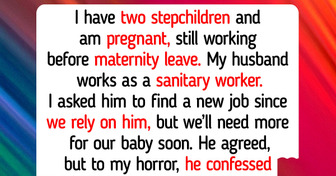
10 Times People Had to Face Cruel Reality
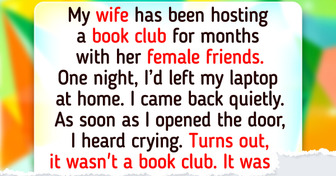
I Refused My DIL’s Outrageous Diet Demands—I’m Not an On-Call Chef

